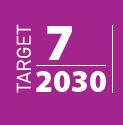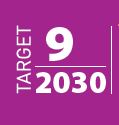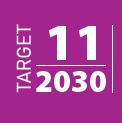





Licensing
A basic level of knowledge, skill and experience is required before people are able to control a motorised vehicle with a reasonable degree of safety.
Driver licences are used as a legal indication that this basic level of competence has been achieved. Obtaining a licence is often based on tests of skills and knowledge as well as other criteria. These might include tests of driving behaviour, knowledge of road rules and regulations, hazard perception, understanding of signs, vehicle condition etc.
Licences may be issued for different vehicle types including passenger vehicles, motorcycles, buses and other heavy vehicles types. Admittance to the road system with an appropriate level of skill is a key component of the Safe System approach to safety.
Driver licensing systems have gone through a number of changes over the years and more countries are adopting a Graduated Licensing System (GLS). It is also known under other names, for example Graduated Driver Licensing (GDL).
GLS helps people who are new to driving and who are therefore inexperienced to practise under conditions that reduce exposure to crash risk for the novice driver and other road users. In many high income countries where there is a high prevalence of young people becoming licenced drivers, this is necessary because young drivers have a much higher likelihood of being in a crash. In Canada crash risk for 16 to 19 year olds is four times greater than for those aged between 25 and 34, and is nine times greater than for those aged 45 to 54.
There are usually two or three stages a new driver has to complete before getting a full licence. The GLS in Victoria, Australia serves as an example of such a system. The GLS there includes passing a test of the learner driver’s eyesight and a test of their knowledge of the road laws; practising driving for at least 120 hours (with a licensed driver as supervisor) for at least a year, and then a drive test; and then driving under restricted conditions for a probationary period.
In the absence of a full GLS programme, the key elements of a driver licensing system for new drivers are
regulation of age at which a licence may be applied for; accompaniment by a suitable qualified driver during the learning period; rigorous theoretical and practical tests to ensure competence to drive unaccompanied; consistent and robust (ie not corrupt) processes for licensing.
Treatment Summary
Case Studies
Related Images
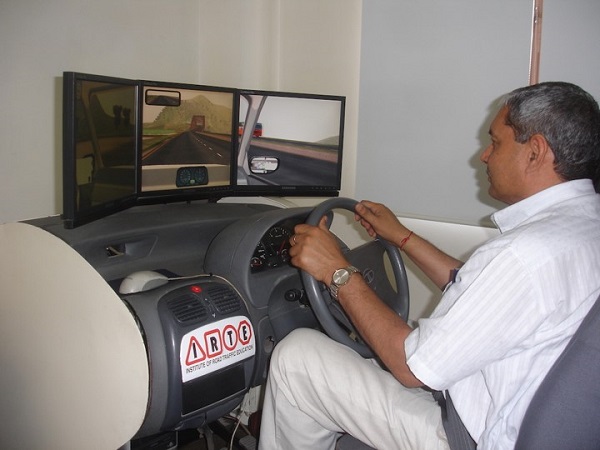 Driver training program by Institute of Road Traffic Education, India. Image credit: IRTE
Driver training program by Institute of Road Traffic Education, India. Image credit: IRTE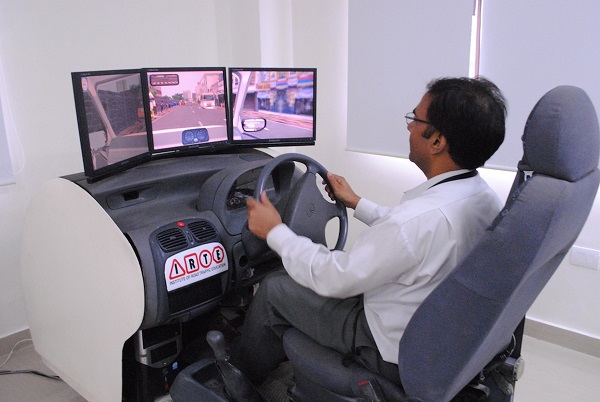 Driver training program by Institute of Road Traffic Education, India. Image credit: IRTE
Driver training program by Institute of Road Traffic Education, India. Image credit: IRTE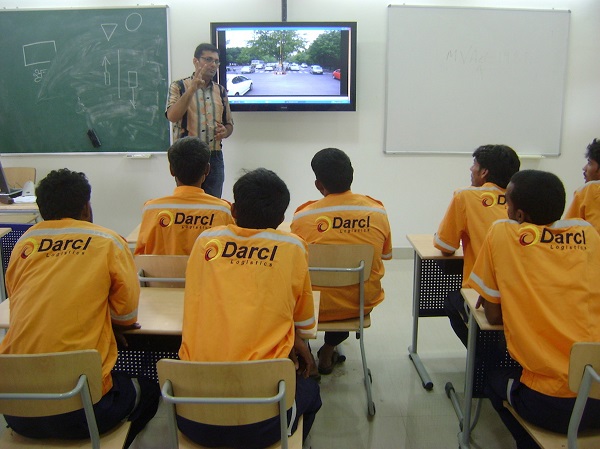 Driver training program by Institute of Road Traffic Education, India. Image credit: IRTE
Driver training program by Institute of Road Traffic Education, India. Image credit: IRTE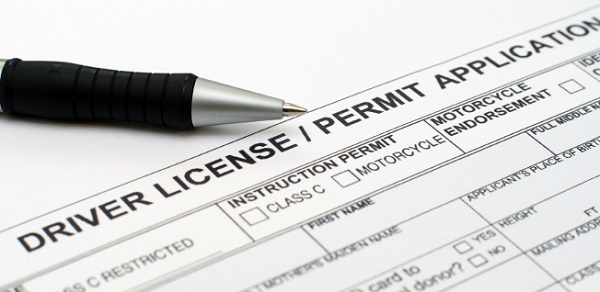 A drivers license application form. Image credit: www.internations.org
A drivers license application form. Image credit: www.internations.org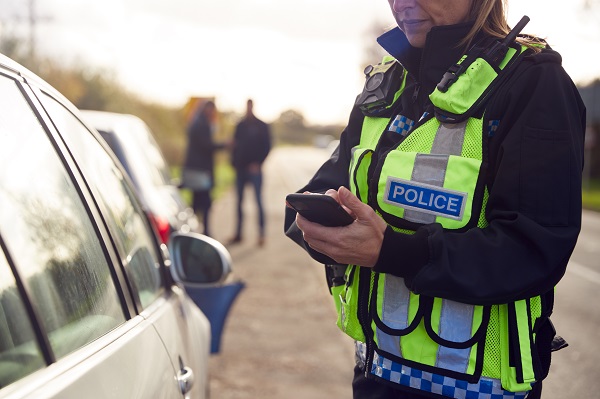 Police enforcement. Image credit: iStock
Police enforcement. Image credit: iStock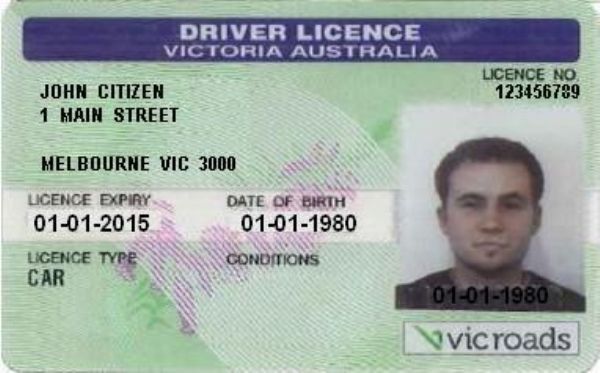 VicRoads driver’s license example. Image credit: ARRB.
VicRoads driver’s license example. Image credit: ARRB.










